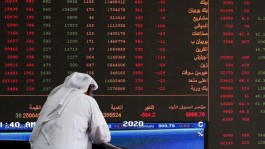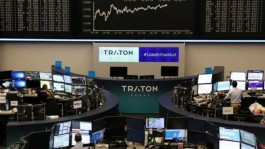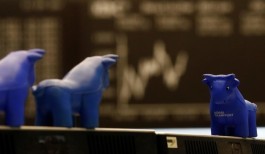Gold prices steadied after the metal was swept up in a global sell-off on Monday, when it fell as some traders cut their holdings to cover potential margin calls.
Spot gold prices fell about 3.2% in the previous session, the biggest daily drop since early June, before paring losses. Prices traded in a daily range above $90 an ounce as stocks and commodities fell.
With stock markets expected to face more volatility, even as most Asian shares rose on Tuesday, gold is also expected to attract new buyers. While the metal is seen as a haven, it is common for prices to fall during times of extreme market turmoil, only to rebound afterwards.
“Long gold positions now provide portfolios with the largest value hedge across commodities,” analysts at Goldman Sachs Group Inc., including Dan Struyven, said in a note, sticking to their forecast for the metal to rise to $2,700 an ounce in 2025. Bullion can act as a buffer against geopolitical shocks including wars, trade tariffs and U.S. sovereign debt concerns, they said.
Gold is up about 17% so far this year after hitting an all-time high in July, largely supported by bets that the Federal Reserve will shift to easing monetary policy. Lower borrowing costs are also positive for gold because it doesn’t pay interest.
Fears that the U.S. economy is sliding into recession have prompted swaps traders to price in at least five quarter-point rate cuts by the Federal Reserve in 2024, with a 16% chance of an emergency cut before its next scheduled meeting ends on Sept. 18.
Gold also received support from increased buying by central banks and Asian consumers. Rising geopolitical tensions in the Middle East — with Israel bracing for an attack by Iran and regional militias — also supported prices.
Gold was little changed at $2,414.39 an ounce by 9:18 a.m. in Singapore. The Bloomberg Dollar Index was slightly higher after falling 0.3% on Monday. Silver rose 0.7% after falling 4.5%, while platinum and palladium rose.









































